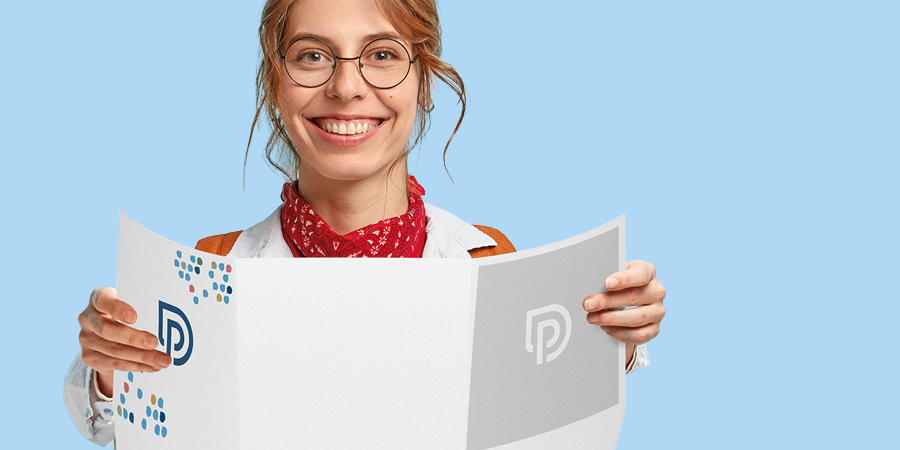0800 8332400RegisterLogin
Region
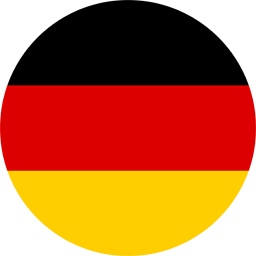 DeutschlandLanguage
DeutschlandLanguage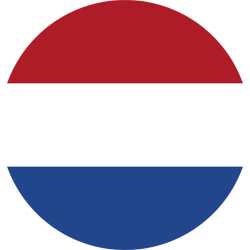 Nederland
Nederland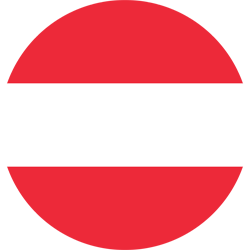 Österreich
Österreich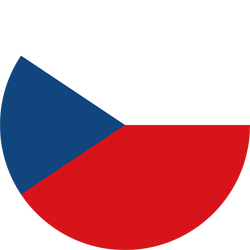 Česko
Česko Slovensko
Slovensko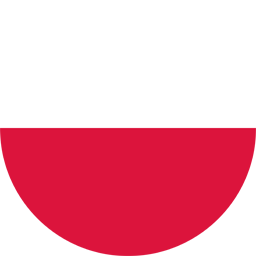 Polska
Polska France
France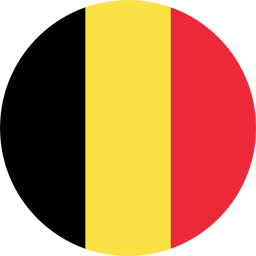 BelgiëLanguage
BelgiëLanguage Italia
Italia
If this leaflet crosses our path, it is a good sign. The french fold is particularly suitable, for example, for inserts or all kinds of site plans, i.e. for designs that require a consistent layout. Ten formats are available and thanks to the desired format, the possibilities are almost unlimited.
